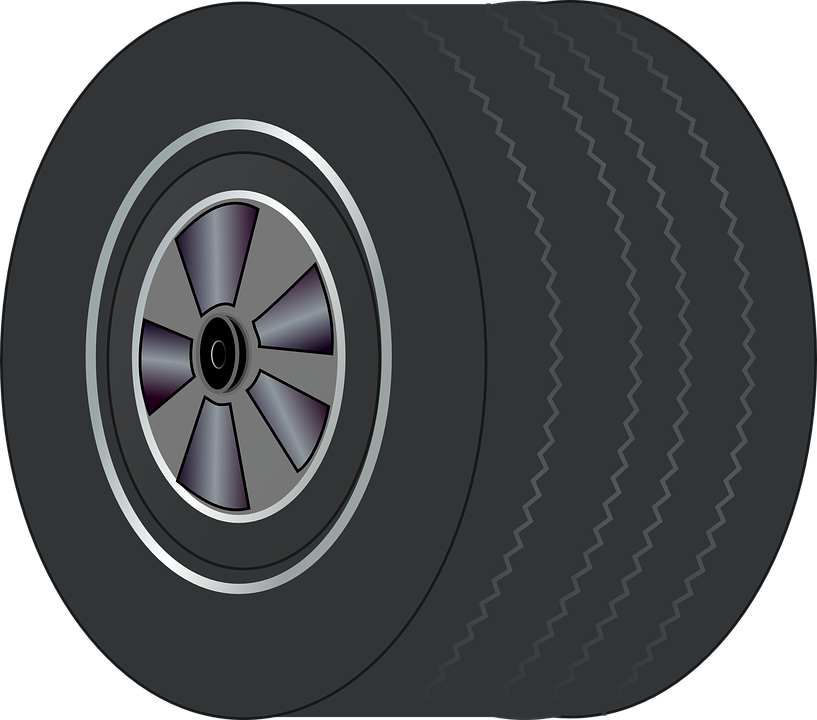How to Use a Digital Tyre Pressure Gauge
Author Name –
Jack Underwood
19 Jun 2019
10 people
It’s crucially important to maintain the correct air pressure in the tyres on your vehicle. Although in the past, most motorists relied upon their local garage and its air compressor to adjust the pressure of their car’s tyres, modern technology allows drivers to monitor and adjust tyre pressure from the comfort of their driveway.
Digital tyre pressure gauges have many benefits, but accuracy, speed and clear displays are the main reasons why somebody may be drawn to purchasing one of these small devices. Some digital gauges are now rechargeable by USB inside your car and can be pre-programmed with the correct recommended PSI for the front and rear tyres on two vehicles.

Backlit digital pressure gauges also make it easier to check tyre pressure in the dark, making it much more convenient to check the recommended PSI of your tyres early in the morning or late at night.
What you will need to check tyre pressure
In order to correctly check and adjust the air pressure of your car’s tyres, you will need a digital tyre pressure gauge and an air compressor. Small, portable air compressors can be bought easily from online retailers, but if you don’t have one, they are widely available at garages and petrol stations across the country.
How to use a digital air pressure gauge
Step 1: Cold Tyres
Firstly, make sure that you have cold tyres. This means that the vehicle should have been parked standing for three or more hours, or that the vehicle has recently driven less than a mile at a low speed.
Step 2: Find the recommended PSI
PSI means pounds per square inch and refers to the method of measuring air pressure inside a tyre. It’s important to check the manufacturer’s recommended PSI before starting.
You can usually find the maximum PSI on the tyre itself but remember that the recommended PSI will be different to this and can sometimes be located on the car itself (usually on the side of the door, in the glove compartment, or in the driving manual).
Often, front and rear tyres require a different PSI, so be sure to check whether this is the case with your car.
Step 3: Use a tyre pressure gauge
Remove the valve cap from the tyre and put it in a safe place. Then press the gauge on the valve stem and press it down until the hissing stops. The gauge will then show a reading on the screen of your digital tyre pressure gauge. Write down the reading if necessary and repeat the process for all of your tyres.
Step 4: Fill to the correct PSI
After adjusting your tyre pressure with an air compressor, check the gauge to ensure that they are at the recommended PSI. If filling the tyres has heated them slightly, you may need to make further adjustments later. Remember, it can be dangerous to drive on overinflated tyres.

Jack Underwood
Did you enjoy this blog post?
|
10 people found this review helpful